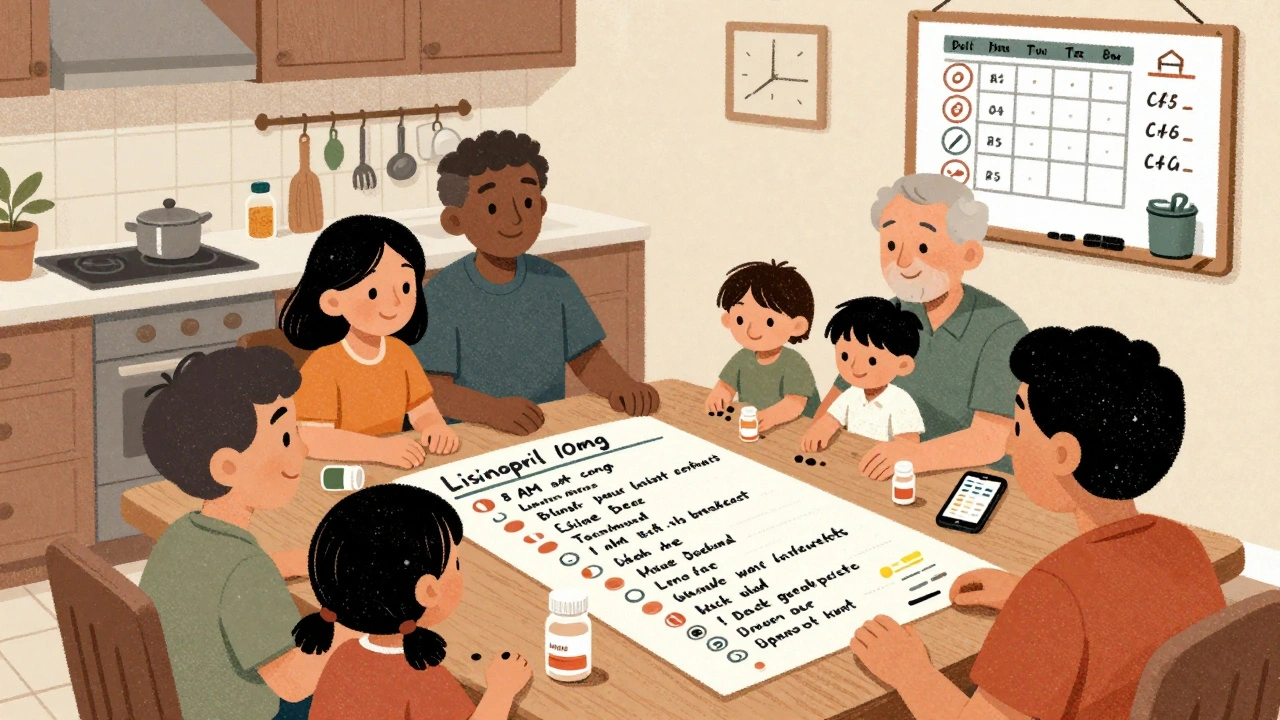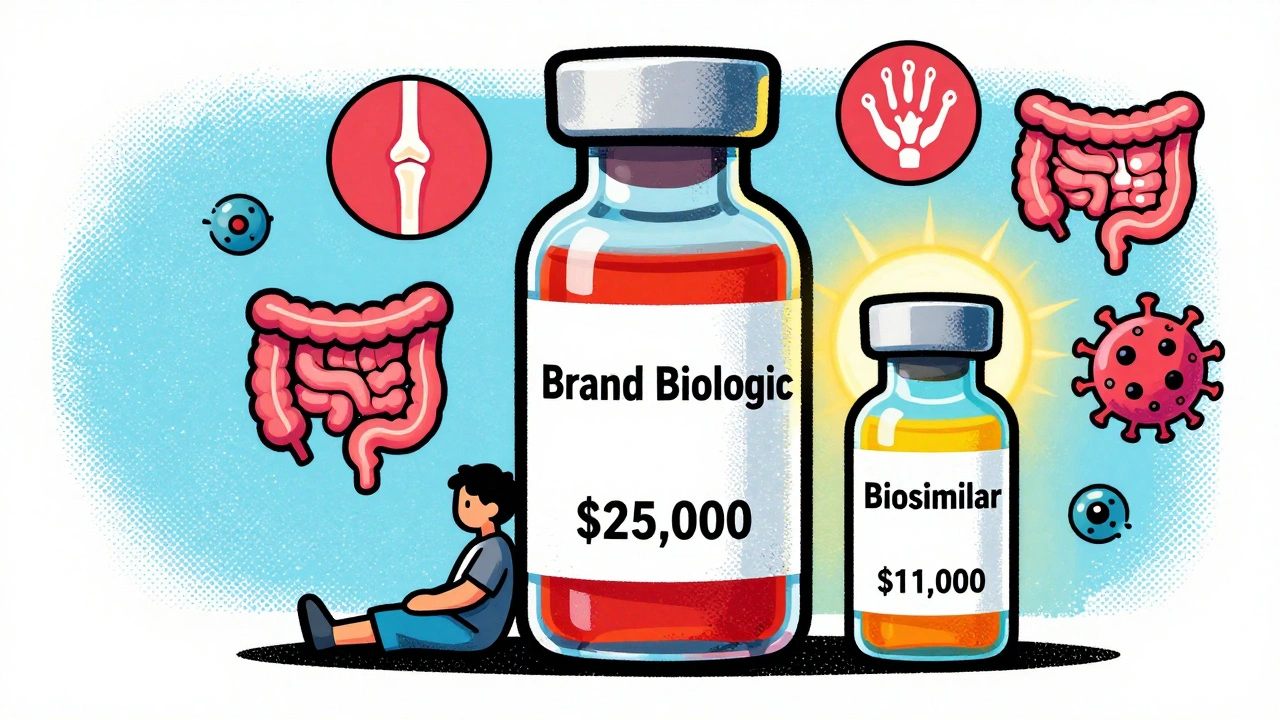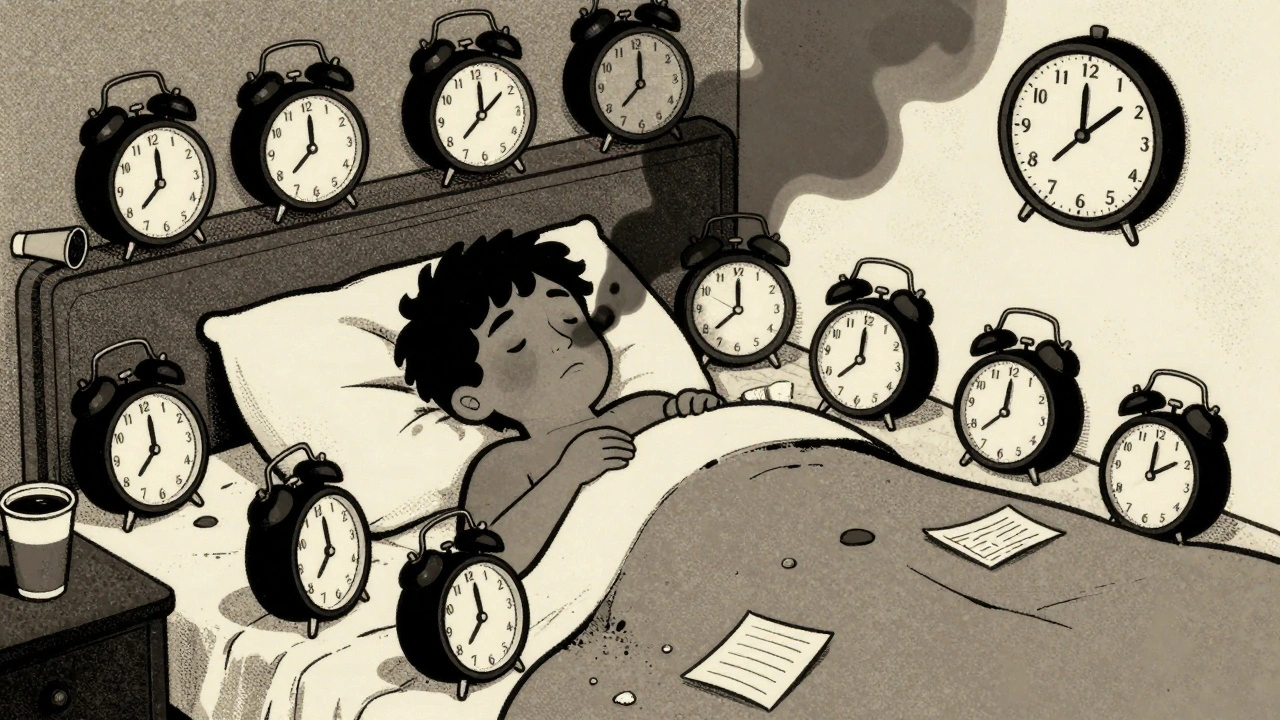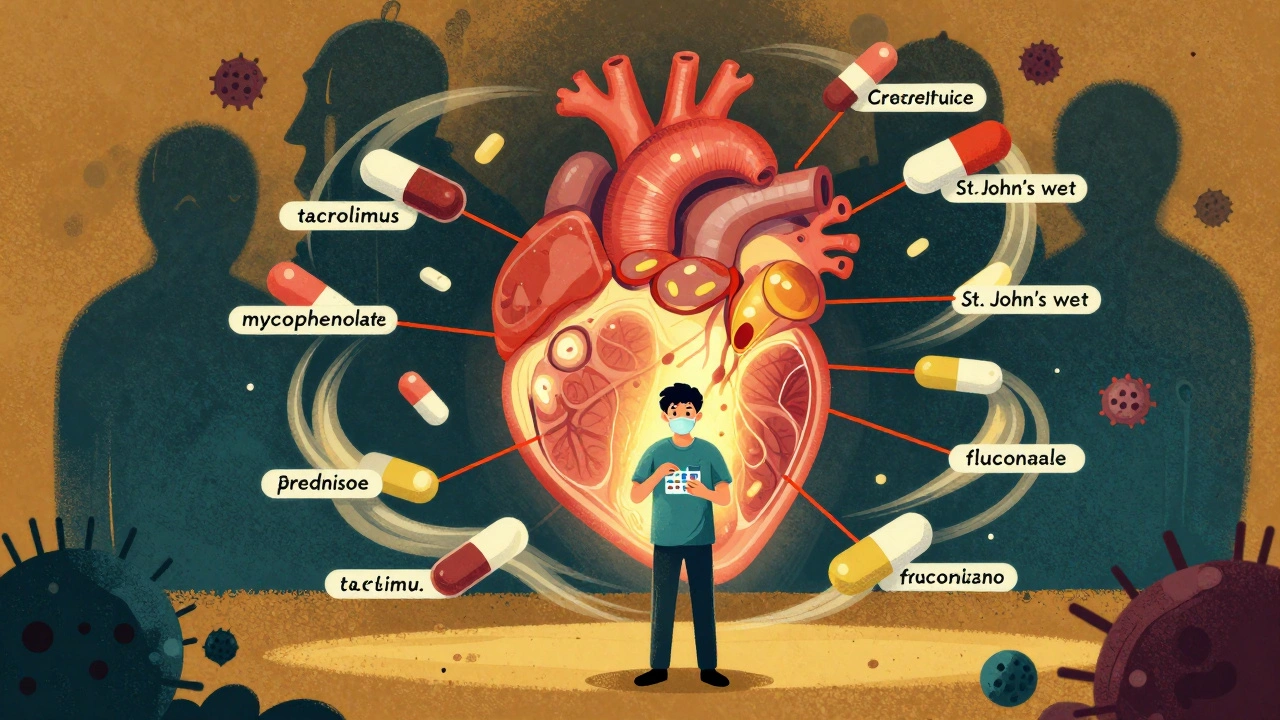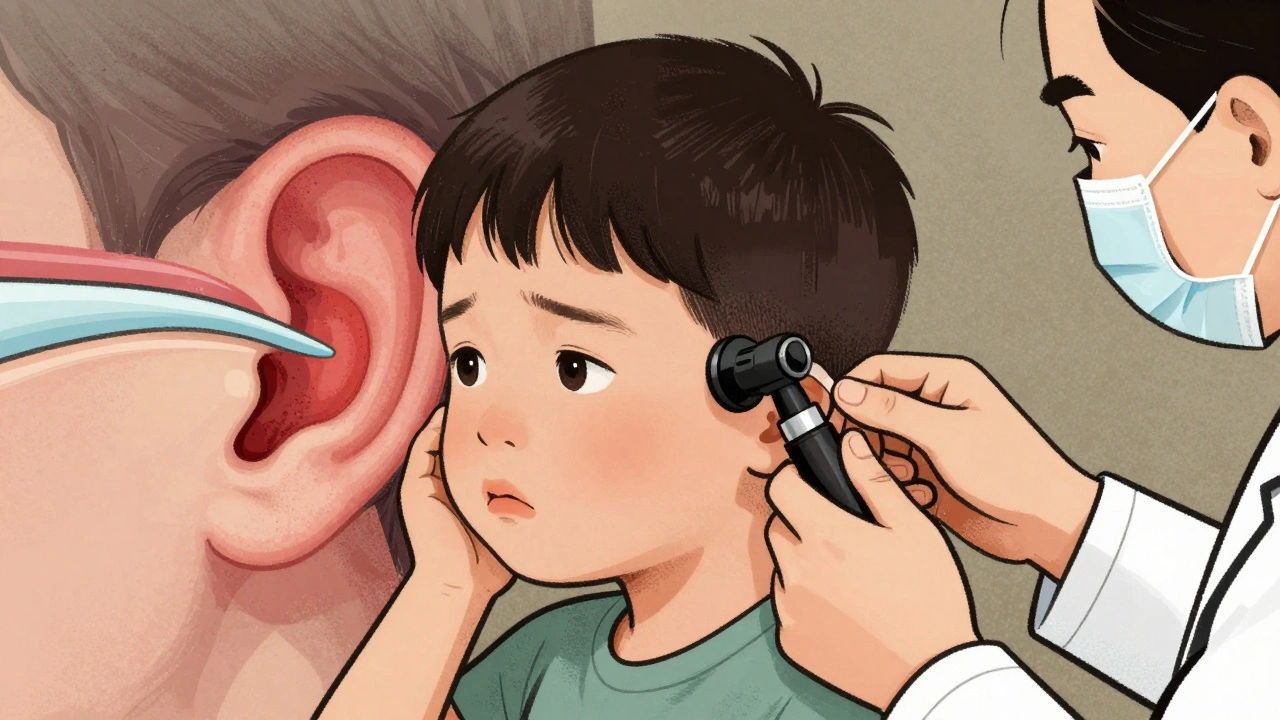Scabies Treatment – What Works, How to Use It, and When to Get Help
If you’ve spotted tiny itchy bumps and a rash that won’t quit, scabies might be the culprit. It’s caused by a microscopic mite that burrows into the skin, and the good news is you can wipe it out with the right treatment. Below we break down the most effective options, from over‑the‑counter creams to prescription pills, plus practical steps to stop the itch from coming back.
Top‑Rated Creams and Lotions
The first line of defense is usually a topical scabicide. Permethrin 5% cream is the go‑to product; you apply it from neck down, leave it on for 8‑14 hours, then wash it off. For people who can’t use permethrin, benzyl benzoate or sulfur ointment are reliable alternatives. Follow the instructions carefully – missing spots or washing too early can let mites survive.
Most doctors recommend a second application one week later. This second round kills any newly hatched mites that survived the first treatment. It might feel annoying, but it’s the reason you avoid a stubborn relapse.
Prescription Pills and When to Use Them
If you have crusted scabies (a severe form) or other skin conditions that make creams hard to use, oral medication like ivermectin can be a game‑changer. A typical dose is taken once, then repeated after two weeks. Ivermectin works systemically, so you don’t need to cover every inch of skin. It’s safe for most adults, but pregnant women and small children usually stick with creams.
Always get a prescription from a healthcare provider before starting oral meds. They’ll check for drug interactions and make sure the dosage fits your weight and health status.
Beyond medication, cleaning your environment is crucial. Wash all clothes, bedding, and towels used in the past 72 hours in hot water (at least 50 °C) and tumble‑dry on high heat. Items that can’t be laundered should be sealed in a plastic bag for a week – the mites can’t survive that long without a host.
Family members and close contacts should treat at the same time, even if they don’t show symptoms. Scabies spreads easily through skin‑to‑skin contact, so simultaneous treatment cuts the cycle and prevents re‑infection.
If the rash persists after two weeks of proper treatment, or if you develop a fever, blisters, or a spreading infection, book an appointment. Sometimes a secondary bacterial infection needs antibiotics, or the diagnosis could be something else entirely.
Bottom line: start with a proven cream, repeat after a week, clean everything you’ve touched, and treat anyone you’ve been in close contact with. With those steps, scabies is usually cleared in a couple of weeks, and you’ll be back to itch‑free living fast.

